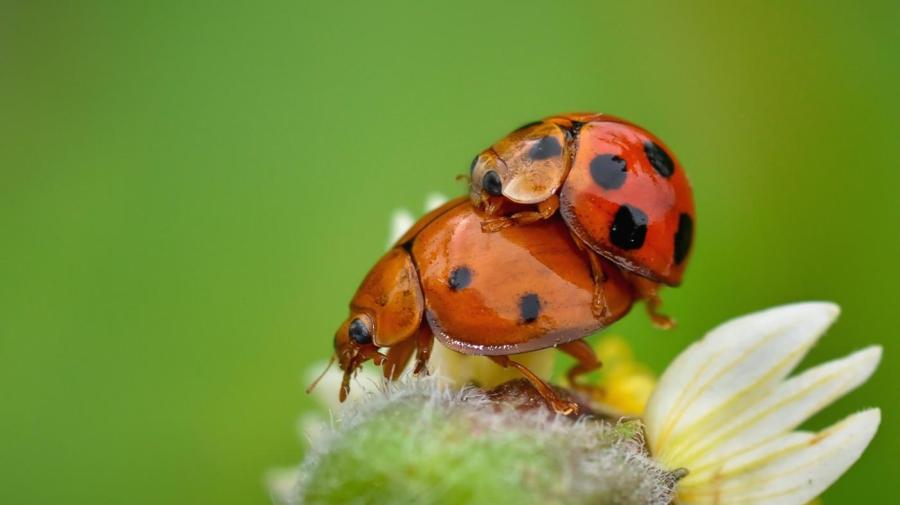How Do Insects Reproduce?

Depending on the species, insects may reproduce either sexually or asexually. Sexual reproduction requires one egg from a female and a sperm from a male. The sperm fertilizes the egg, which resides in the female through its term to hatch insects when the growth and development stage is complete.
Other insects, however, reproduce asexually, which involves the independent growth and development of an unfertilized egg without the assistance of sperm. Insects have similar reproductive organs to vertebrates and warm-blooded mammals. Males, like other beings that reproduce sexually, have testes that produce sperm, while females have a pair of egg-producing ovaries. Most insects reproduce using either sexual or asexual reproduction, but some species reproduce by alternating between those two types of reproduction. This is common in species that produce fewer numbers of offspring at a time and those that face higher volumes of external threats from predators and environmental hazards. In addition to alternating between types of reproduction, some species may produce a generation of only males followed by a generation of females. This phenomenon ultimately helps ensure a proper balance of genders within a population, which enables future population growth with the species to take place through sexual reproduction.





